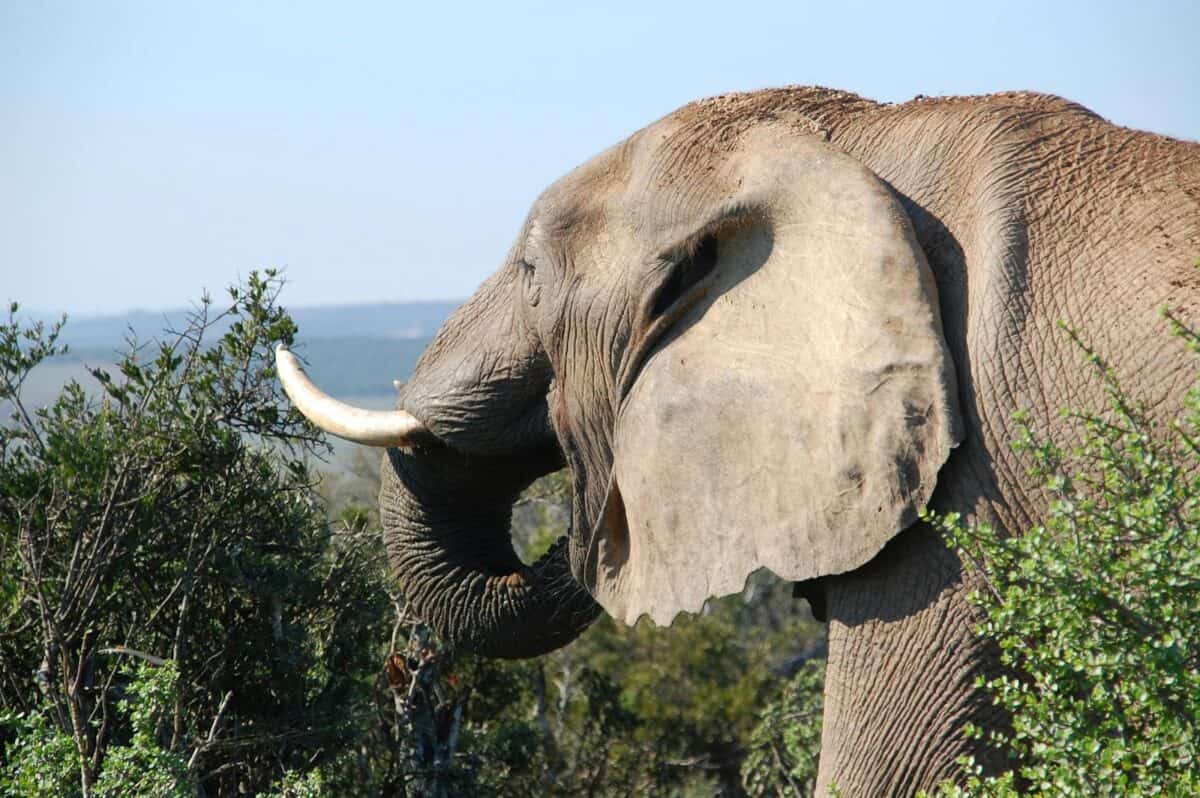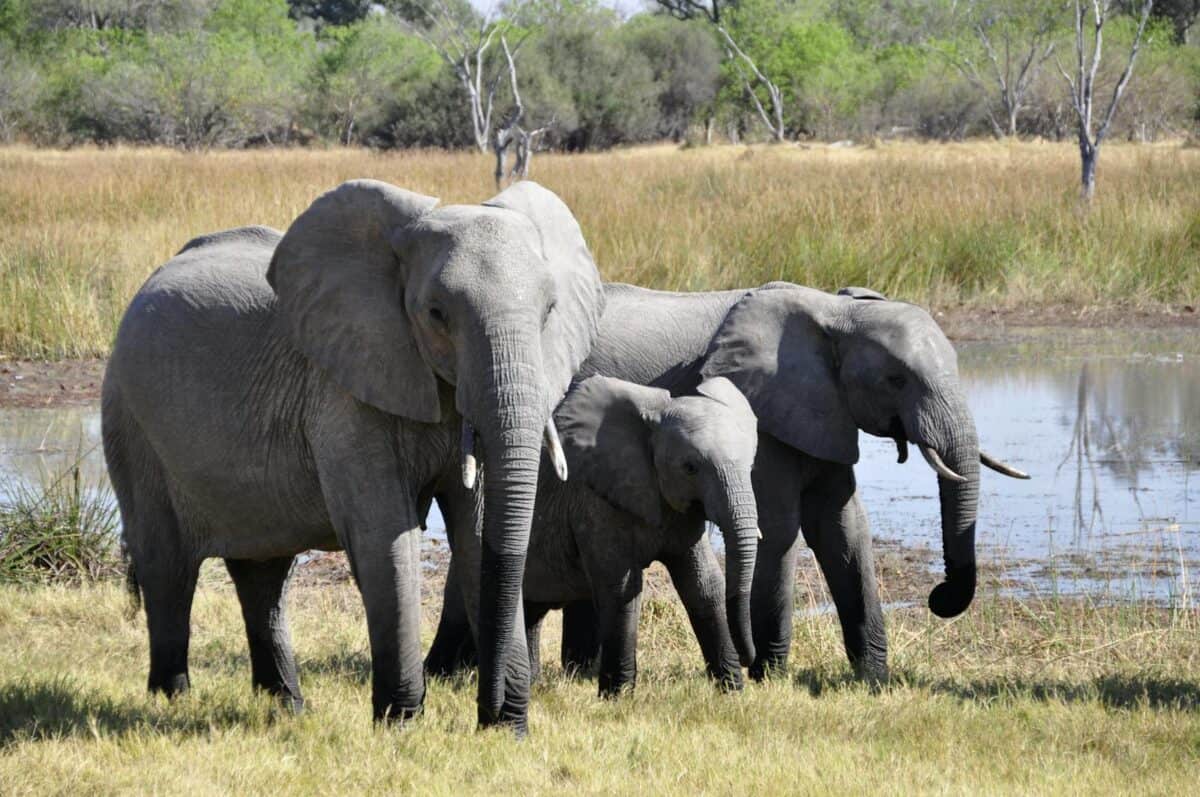When we talk about the strongest creatures on land, the elephant inevitably strides to the top of the list. But what makes the elephant the strongest land mammal? These majestic giants possess an extraordinary combination of physical attributes, working in harmony to confer unparalleled strength. Analyzing the anatomy, physiology, and behavioral adaptations of elephants provides intriguing insights into their impressive power.
The Blueprint of Strength

The elephant’s skeletal and muscular systems form the structural backbone of its strength. Unlike other mammals, elephants have pillar-like legs with straight bones providing enhanced stability and support. This structure enables them to bear immense weight—adult elephants can weigh between 5,000 to 14,000 pounds. Their bones are also denser compared to other animals, enhancing their ability to carry heavy loads.
Muscularly, elephants are equipped with large, powerful muscles, particularly in their necks and trunks. The trunk, a fusion of the upper lip and nose, is a supreme display of strength and versatility. It contains over 40,000 muscles, allowing elephants to perform tasks ranging from the delicate plucking of a single blade of grass to the uprooting of entire trees.
The Role of Physiology

Physiologically, elephants have adapted to maximize their strength and endurance. Their circulatory and respiratory systems are highly efficient, enabling them to sustain physical exertion over long periods. A massive heart pumps blood through their enormous bodies, which is crucial for maintaining their stamina during intense activities such as foraging and long migrations.
Additionally, elephants possess an exceptional digestive system capable of processing massive amounts of vegetation, providing them with the energy required to fuel their powerful physique. This enables them to consume up to 150 kg of food daily, substantially supporting their physical needs.
Behavior and Social Structure

Besides anatomical and physiological factors, elephants’ social behaviors and structures further illustrate their strength. Living in herds characterized by matriarchal leadership, elephants exhibit cooperative behavior that enhances their survival and power. They learn specific skills from their social group, such as how to best utilize their strength for defense, resource acquisition, and caregiving to calves.
Their social organization allows them to function as formidable units, showing strength not just physically but also in their interactions within and outside their communities. This unity amplifies their ability to confront predators or deal with environmental challenges.
Elephants Versus Other Strong Land Mammals

Compared to other large land animals, such as the rhinoceros or the hippopotamus, the elephant’s combination of size, anatomical configurations, and social interactions gives them an edge in overall strength. While hippos and rhinos may exhibit localized strength, particularly in aggression, the elephant’s extensive skill set and the utility of their trunk provide a multifaceted approach to strength.
Moreover, elephants are not just brawn; their intelligence and problem-solving abilities further boost their dominance over other land mammals. Their ability to manipulate their environment with tools, communicate with complex sounds, and remember intricate details about their surroundings places them as the ultimate masters of terrestrial strength.
A Symbol of Power

In conclusion, the elephant’s claim to being the strongest land mammal is well-supported by its anatomical design, physiological prowess, and social dynamics. This combination not only illustrates their incredible physical capability but also highlights the intelligence and adaptability that set them apart in the animal kingdom. When we reflect on their strength, it is vital to appreciate that this grandeur is crucial to their survival and is emblematic of the magnificence of biodiversity within Earth’s ecosystems.
- Koalas Eat Only Eucalyptus, But That’s a Terrible Food Choice—Here’s Why They Do It Anyway - August 15, 2025
- The Most Dangerous Trails in America’s National Parks - August 15, 2025
- 12 Heartbreaking Stories of Dogs Who Wouldn’t Leave a Fallen Companion - August 15, 2025

